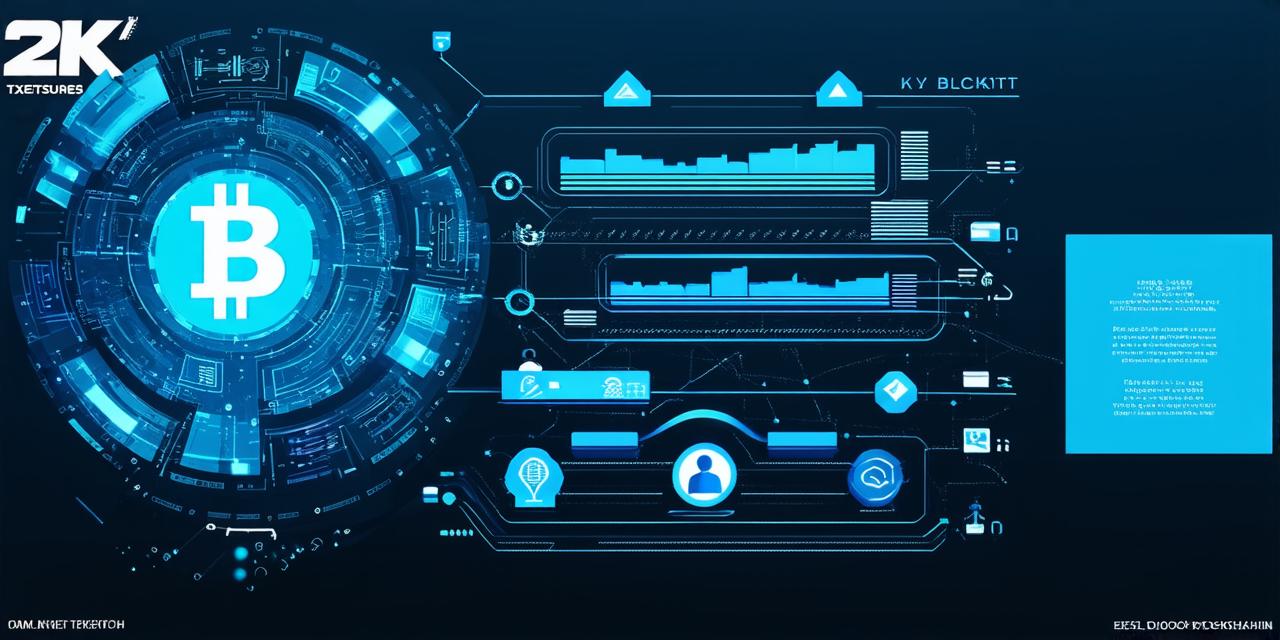Blockchain technology is quickly becoming an integral part of our daily lives. From cryptocurrencies like Bitcoin and Ethereum to supply chain management systems and voting platforms, blockchains are being used for various applications across different industries.
1. Increasing Complexity: As Blockchains Grow in Size
Blockchain networks grow larger and more complex as more users join and data is added to them. The size of a blockchain network is determined by the number of nodes that make up the network, the amount of data stored on each node, and the frequency at which new blocks are added to the chain.
While larger blockchains can provide better security and greater transparency, they also introduce more complexities that must be managed.
One major challenge with large blockchains is their increasing complexity. As the number of nodes in a network grows, it becomes more difficult to maintain the integrity of the data stored on each node.

Another challenge with larger blockchains is the sheer amount of data that needs to be processed and verified. As new blocks are added to the chain, they must be verified by a consensus algorithm to ensure their authenticity and prevent fraudulent transactions. This process can become incredibly slow and resource-intensive as the size of the network grows, leading to delays in transaction processing times and increased energy consumption.
1. Security Risks: Ensuring the Integrity of Large Blockchains
Security is a major concern for any blockchain network, but it becomes even more critical when the network is large and complex. As more users join a blockchain network, the risk of attacks increases, as there are more potential entry points for hackers to exploit.
Additionally, as the amount of data stored on each node increases, so does the risk of data breaches and other security incidents.
To mitigate these risks, developers must implement robust security measures to ensure the integrity of their blockchain network. This includes implementing consensus algorithms that are resistant to attacks, using encryption techniques to protect sensitive data, and implementing access controls to prevent unauthorized access to the network.
Regular audits and penetration testing can help identify vulnerabilities in the system and allow developers to address them before they can be exploited by attackers.
1. Scalability Challenges: Ensuring That Large Blockchains Can Handle High Traffic
As blockchain networks grow in size and complexity, they must also be able to handle high levels of traffic from users. This includes not only processing transactions quickly but also providing low latency and high throughput for data retrieval and other operations.
One solution to this problem is sharding, which involves breaking up the blockchain into smaller, more manageable pieces that can be processed independently. This allows for better scalability and faster transaction processing times, as each shard can handle a portion of the network’s traffic.
Additionally, off-chain scaling solutions such as sidechains and state channels can help reduce the load on the main blockchain, allowing it to handle even more traffic without sacrificing performance
